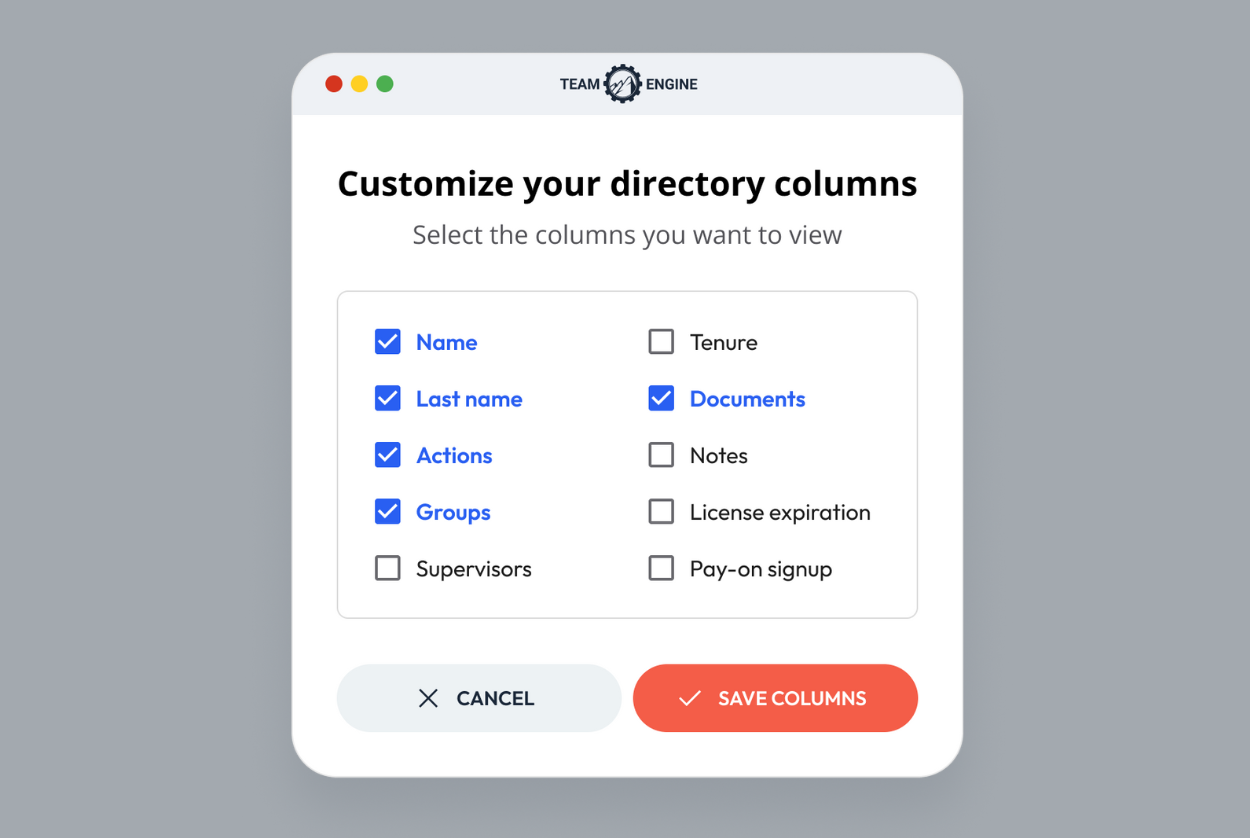
Improving Employee Communications on the Frontline
Improve employee communications with blue-collar teams using practical tips on clarity, accountability, and frontline engagement strategies.

As a business owner or manager in a blue-collar industry, strong frontline employee communication is critical. It affects not only how well the work gets done, but also how valued your employees feel.
At the core, everyone wants two things:
When blue-collar workers feel disposable or aren’t succeeding in their role, they’re more likely to leave. Improving employee communications can help change that—especially in today’s labor market.
Here are three key strategies for more effective frontline communication with your team:
1. Ask Questions, Don’t Just Give Orders
Statements create judgment. Questions create curiosity.
One of your biggest responsibilities as a manager is guiding and training your frontline employees—not just once, but continually through verification and retraining.
When you notice a mistake or a deviation from process, ask questions instead of making statements. For example:
❌ “This isn’t how I trained you. You need to do A before B.”
✅ “I’m curious, why did you do B before A?”
✅ “Tell me about your thought process on how you tackled today’s project.”
Then, follow up with additional questions to help them discover the gap in their reasoning.
Why this works:
- It reduces defensiveness. You’re listening, not lecturing.
- It improves training. When they identify the problem themselves, they’re more likely to remember the correction and apply it in the future.
2. Be Crystal Clear
“Clear is kind. Unclear is unkind.” – Brené Brown
Blue-collar workers are the ones making things happen on the ground. That means they need specific, unambiguous instructions—not vague or assumed expectations.
Clarity should cover:
- How to clock in and out
- How to communicate client requests on-site
- Who is responsible for which tasks
- What materials are needed and where to get them
- The client’s expectations and timeline
- What to do if job plans change
This information should be communicated consistently—ideally through an employee communication app or software. Without one, things often get lost in translation.
When you’re not clear, it’s unfair to expect perfect results.
When you are clear, you’re setting your team—and yourself—up for success.
3. Trust, but Verify
Accountability isn’t about micromanagement. It’s about support.
Once you’ve clearly trained someone, follow up and verify their work.
This doesn’t mean you don’t trust them—it means you’re invested in their success. Even experienced frontline workers can:
- Forget a step
- Misunderstand a process
- Try to be “efficient” by skipping something important
When that happens:
- Be curious, not accusatory.
- Ask questions and redirect.
- Retrain as needed.
If you don’t hold people accountable, you’re enabling them. And when people are set up to fail repeatedly, they’re more likely to quit.
Where Can You Improve?
If employee communications are a challenge in your workplace, start by asking yourself:
- Am I approaching corrections with curiosity?
- Am I providing extreme clarity on responsibilities?
- Am I holding people accountable in a constructive way?
Yes, these conversations can be uncomfortable. But they get easier with time—and they lead to a more successful, confident, and loyal team.
Practice makes perfect. Start now, and your future self (and your team) will thank you.
To support these efforts, consider using a reliable employee communication app to reach your frontline employees—whether they’re on the job, on the move, or in the field.
.png)
This article originally published on July 5, 2022. It was last updated on April 7, 2025.



